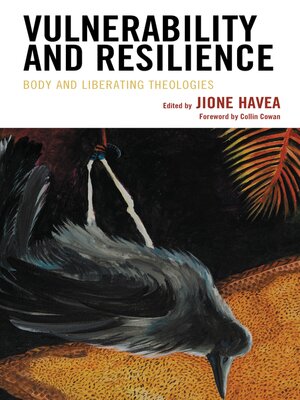Vulnerability and Resilience
ebook ∣ Body and Liberating Theologies · Theology in the Age of Empire
By Collin Cowan

Sign up to save your library
With an OverDrive account, you can save your favorite libraries for at-a-glance information about availability. Find out more about OverDrive accounts.
Find this title in Libby, the library reading app by OverDrive.



Search for a digital library with this title
Title found at these libraries:
| Library Name | Distance |
|---|---|
| Loading... |
In Vulnerability and Resilience, vulnerability is not the final word. Rather, resilience provides the cutting edge and living breath in the stories of subjects who are vulnerable. And they have many stories: stories of being trapped in bodies, teachings, and/or situations that make them (and others like them) vulnerable to discrimination, hatred, and rejection; stories of being trapped because of their bodies, theologies, and/or cultures; and stories of being trapped for no-good reason. For subjects who are vulnerable, life is like a maze of traps, and stories of resilience keep them going.
The contributors to Vulnerability and Resilience refuse to be trapped. At the intersection of body and liberation theologies, they tell their stories in the hope that they will expose cultures that make individuals and communities vulnerable, and that those stories will encourage vulnerable subjects to be resilient and bring change to theological institutions that conserve vulnerability. Because of the location of the contributors—the Americas, Africa, Asia, Europe, Caribbean, and Oceania—this book is a testimony that vulnerability is present all over the world, and that resilience is a liberating alternative.
The contributors to Vulnerability and Resilience refuse to be trapped. At the intersection of body and liberation theologies, they tell their stories in the hope that they will expose cultures that make individuals and communities vulnerable, and that those stories will encourage vulnerable subjects to be resilient and bring change to theological institutions that conserve vulnerability. Because of the location of the contributors—the Americas, Africa, Asia, Europe, Caribbean, and Oceania—this book is a testimony that vulnerability is present all over the world, and that resilience is a liberating alternative.







